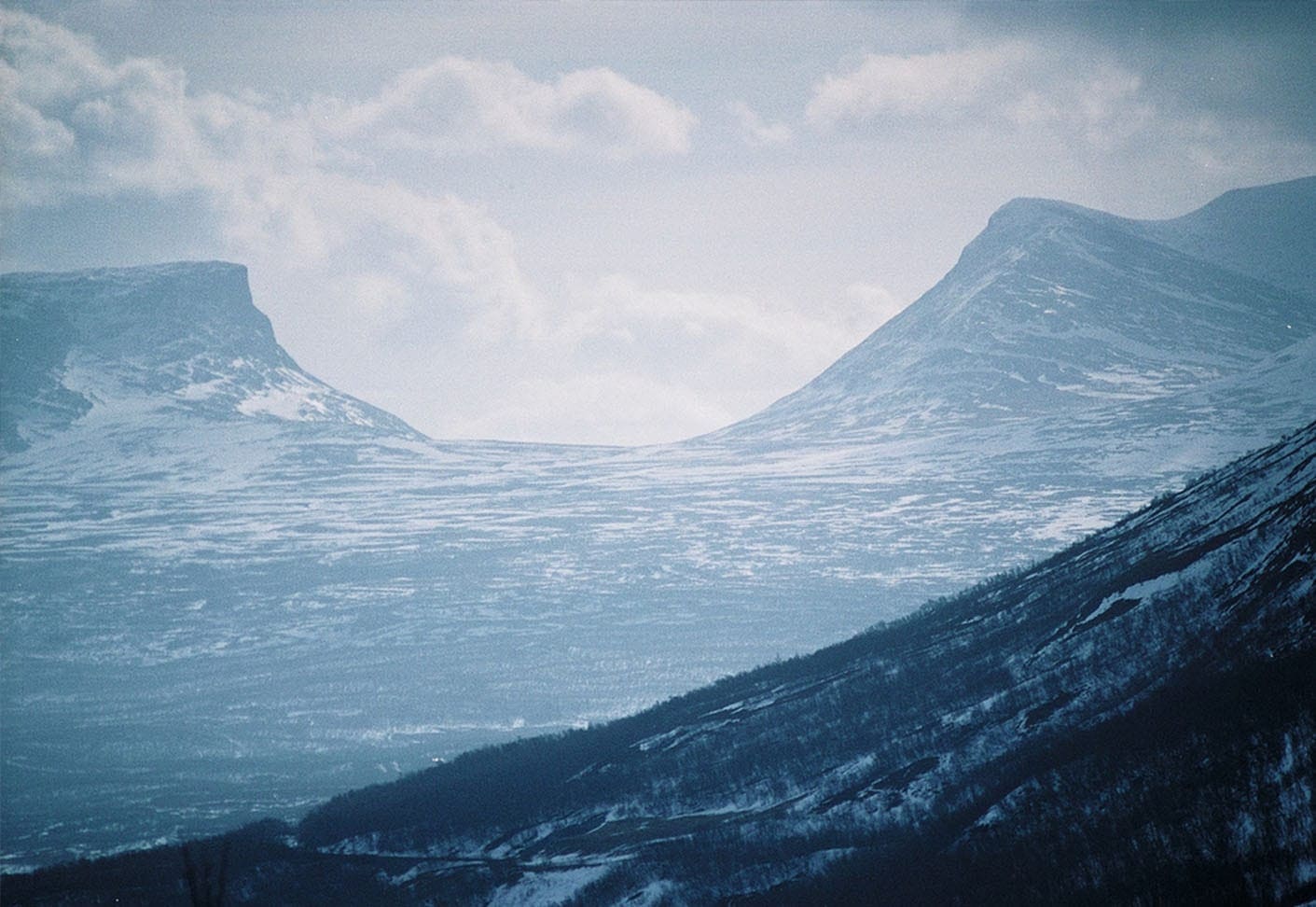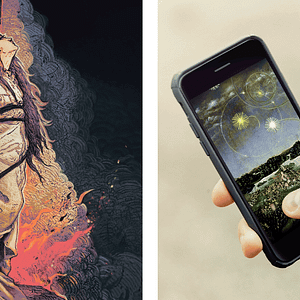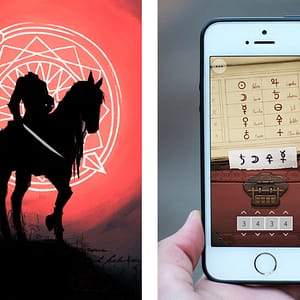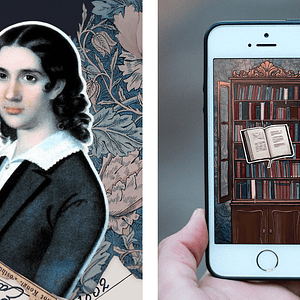At StoryTourist we love storytelling. And the Samis have a long a long and rich tradition of telling captivating stories, often with a moral message. We list three classic tales with the common themes nature, animals and the dangerous but stupid creature Stallo at their center.
The Sami population
The Samis are an indigenous people who’ve lived in northern Scandinavia and parts of northwest Russia for thousands of years. The map below shows the Sápmi region. The Samis have traditionally made a living from reindeer herding, fishing and fur trapping. Today, the total population in Norway, Sweden, Finland and Russia is about 80,000 people. Many thousands still have reindeer herding as their primary livelihood.

The national day
The Sami national day has been celebrated on February 6 since 1993. On that same date in 1917, representatives from the Sami communities in Norway, Sweden, Finland and Russia met for the first time in Trondheim to discuss common interests. In Helsinki in 1992, the Sami council decided to make the date their national day.
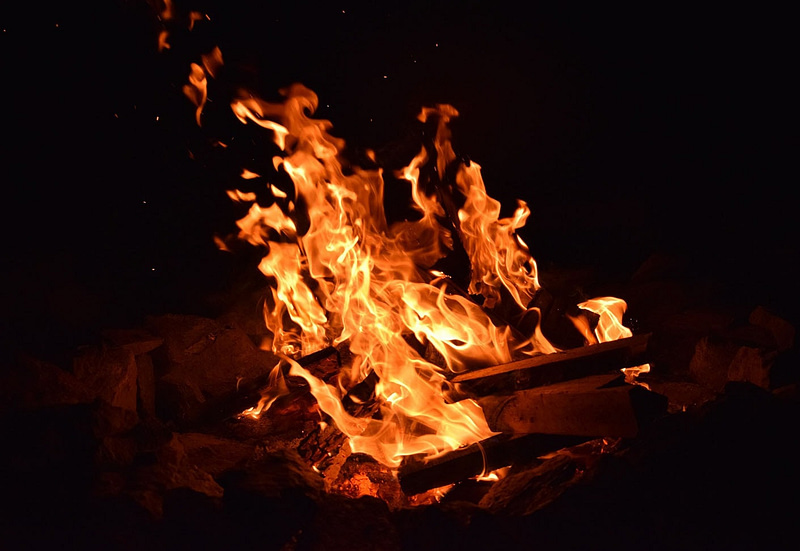
The storytelling tradition
The Sami storytelling tradition is a largely oral one. Classic tales of the human relationship to nature and animals, as well as stories about death, ghosts and the supernatural, have been passed through from generation to generation for centuries. Many of the tales have a moral message.
3 classic Sami tales
The tales of Stallo. Stallo is a common character in many Sami tales. Stallo is a strong, rich and potentially dangerous creature. But he’s not very intelligent. Many of the stories about Stallo are humoristic tales about situations where the Samis outsmart Stallo through their knowledge of nature and their familiarity with the surroundings. For example, the tale where the Samis trick Stallo into playing blind man’s bluff ends with him falling into a hole in the ice on the lake.
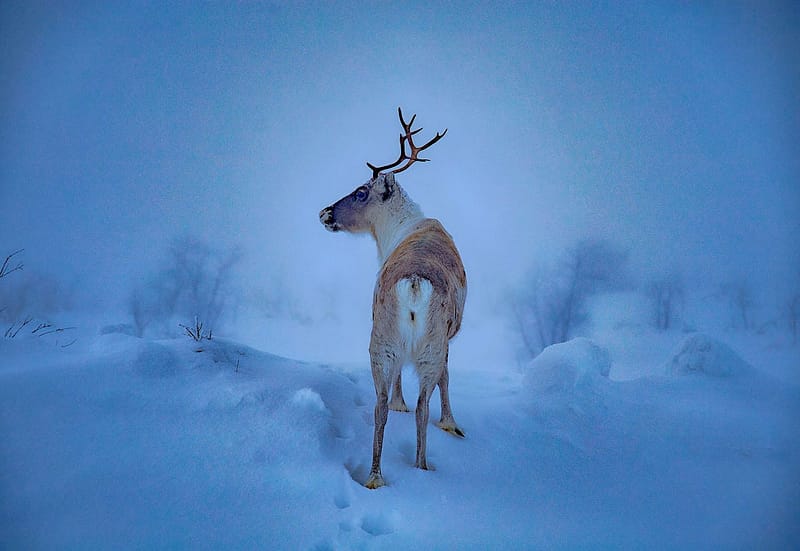
The animal tales. Many of the Sami tales pass on a moral message about the importance of treating animals well. In the tale of the hare and the reindeer, the hare is treated badly by humans in the house where it lives. After a conversation with his cousin the reindeer, who describes how well he’s being treated, the hare decides to leave the house. A similar story of two reindeers, one who’s beaten by its owner and one who’s treated well, conveys a similar message. Take good care of the animals or you’ll lose them.

The Sami creation story. According to the Sami creation story, the world was created by the god Jubmel and his son Bejve from a reindeer. Jubmel had visited the dark underworld and called on his son Bejve, who lived where the sun rises, to chase the darkness away. Bejve skied across the sky to help his father. The trails can still be seen in what is commonly called The Milky Way. In Sami culture it’s called Bejve’s way. Jubmel asked Bejve to shine on the land. He then took a reindeer from the holy mountain Kassavare and turned its bones into mountains, the meat into soil and its veins to rivers. The sky was created out of its head, with the eyes as stars.
The oral narrative
In all cultures, the oral narrative has a much longer tradition than the written. In recent years, audio books, podcasts and other types of verbal storytelling have become increasingly popular. One could say that, thanks to new technology, we’re partially returning to the oral narrative. Read more about that here.


